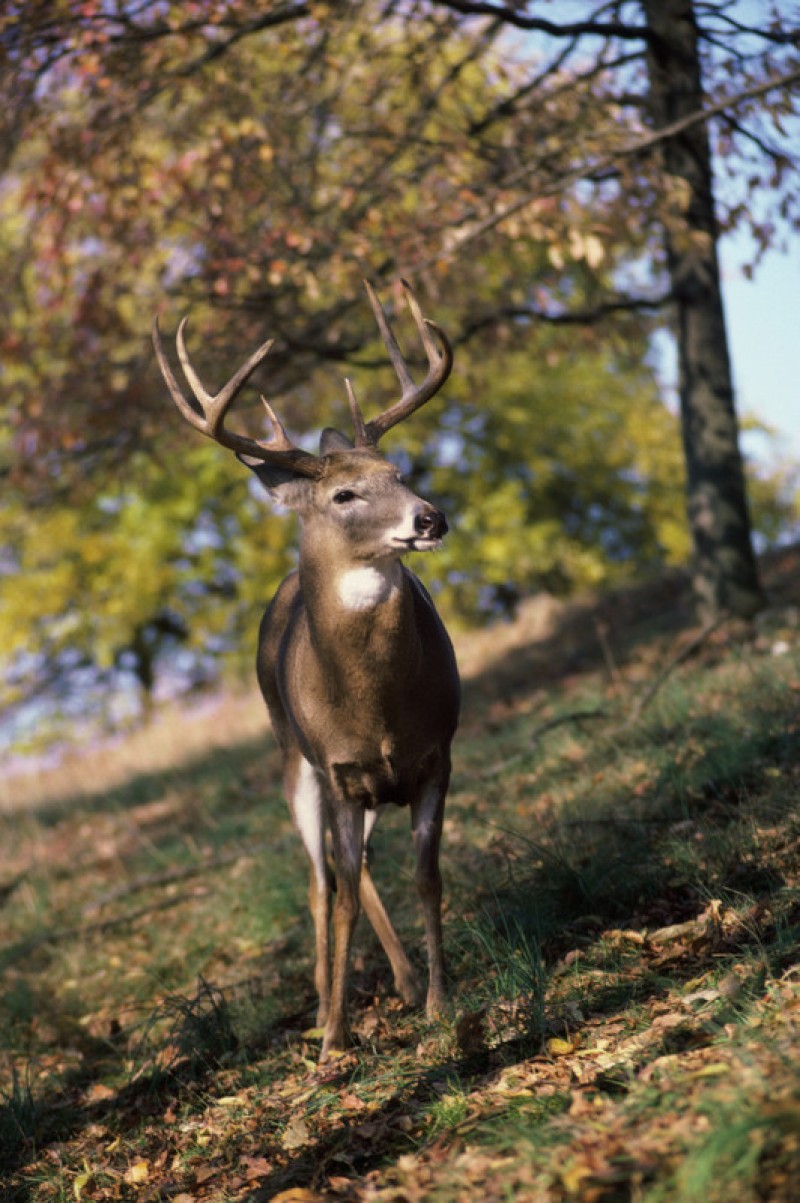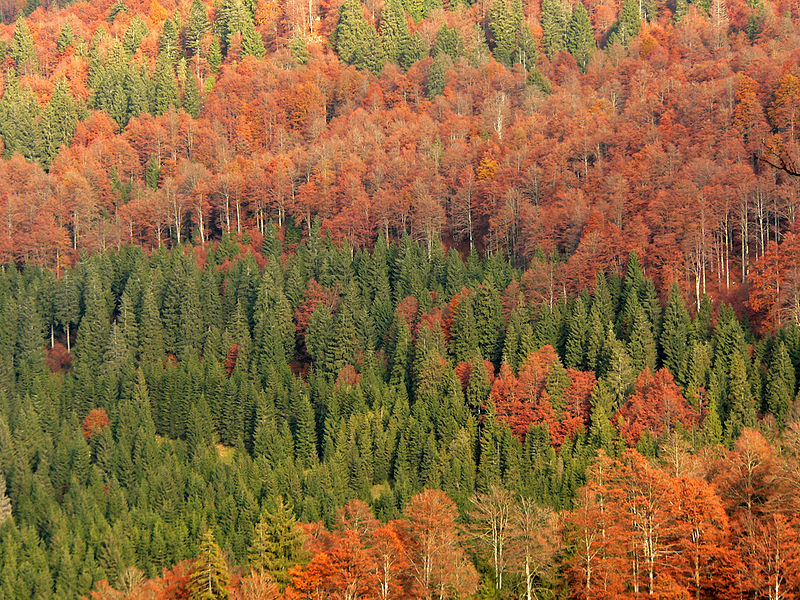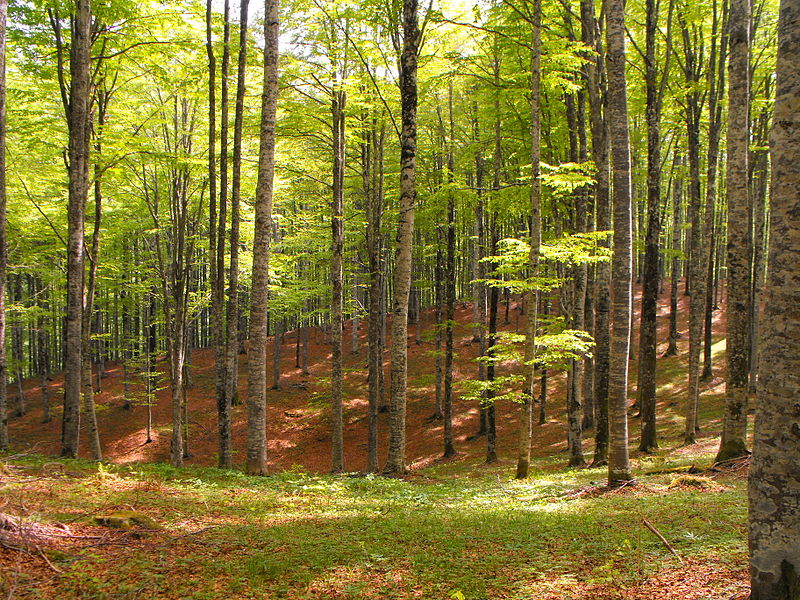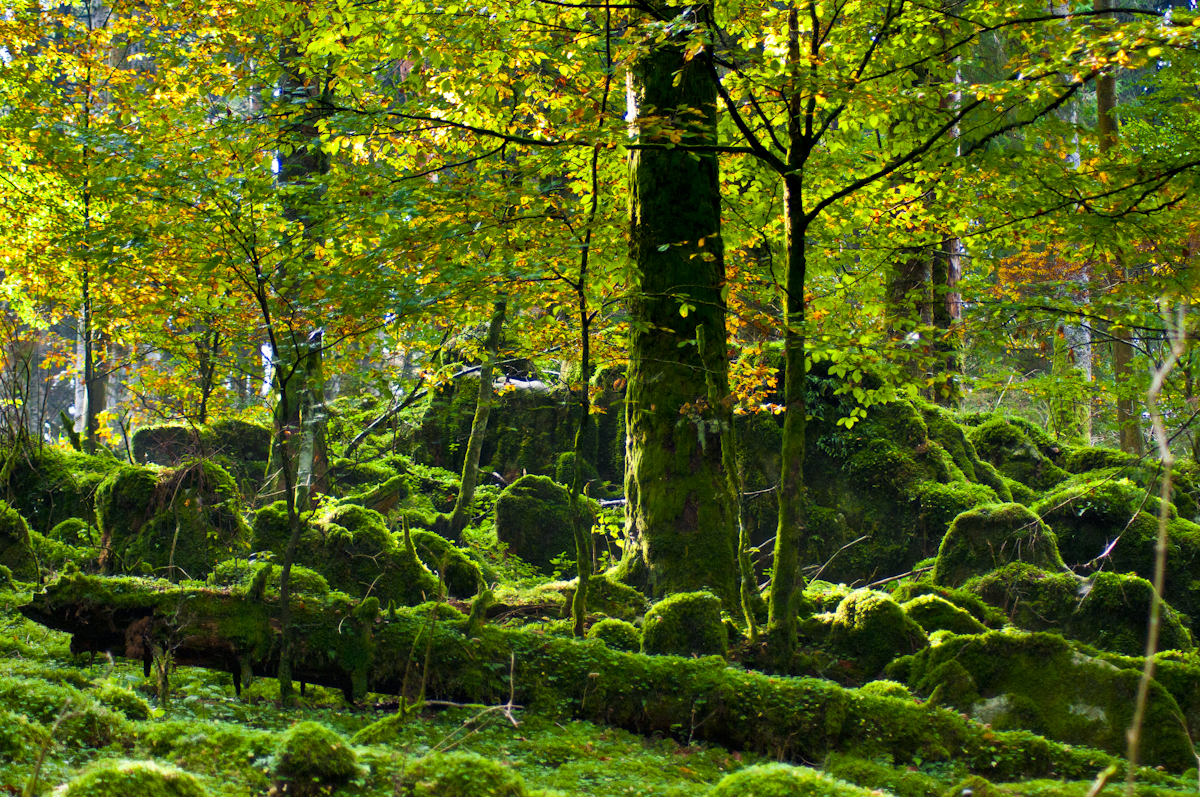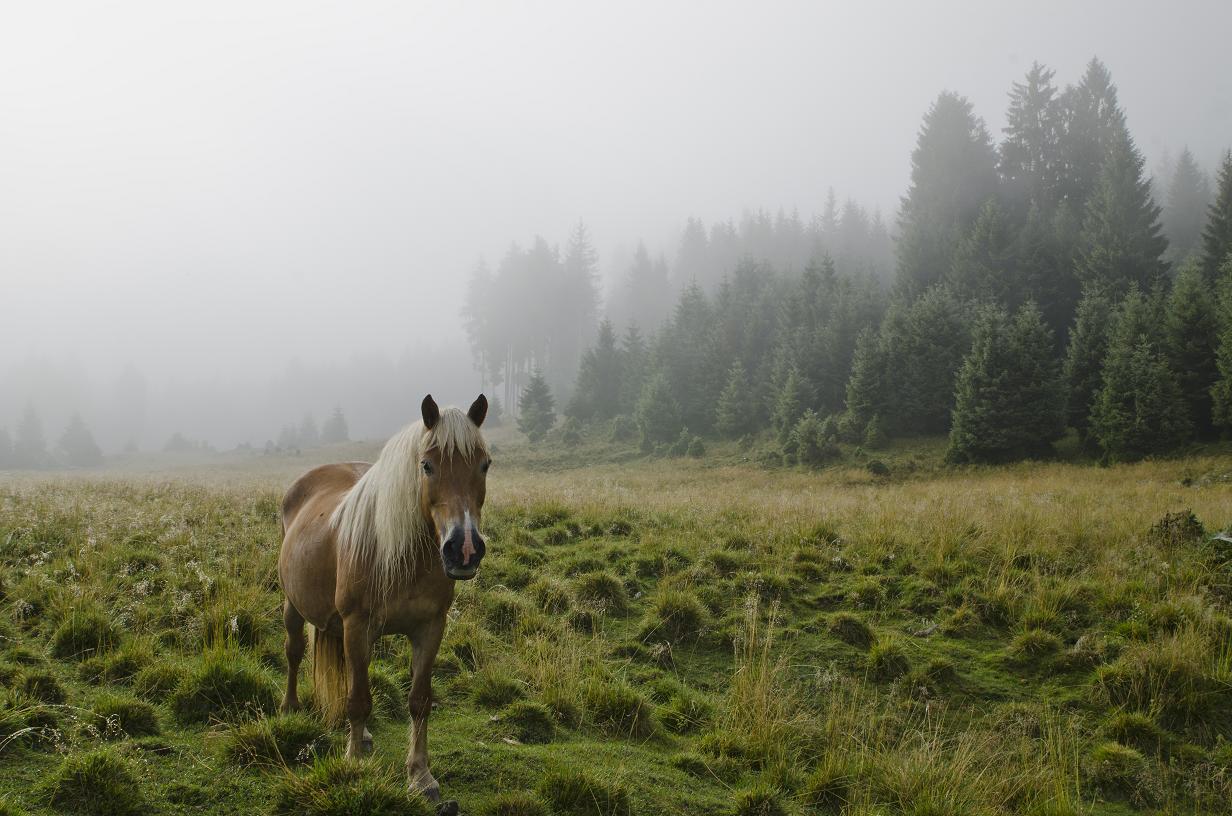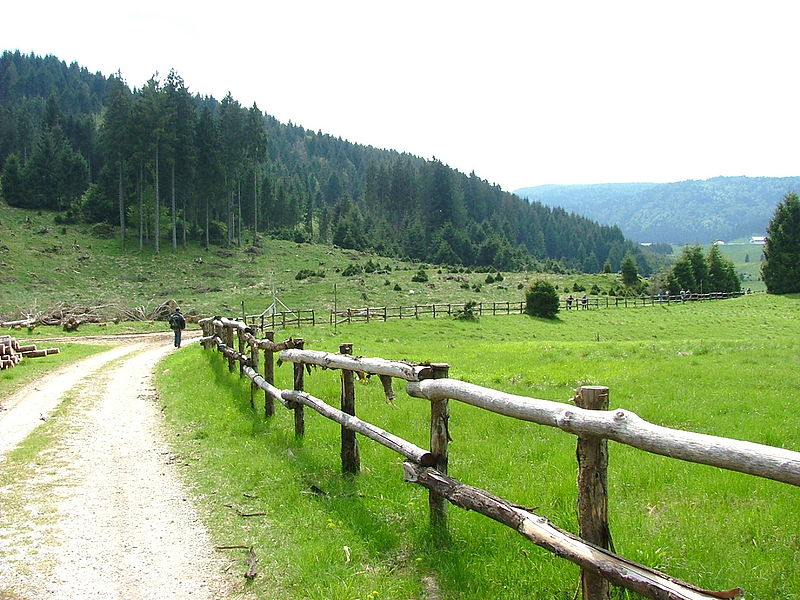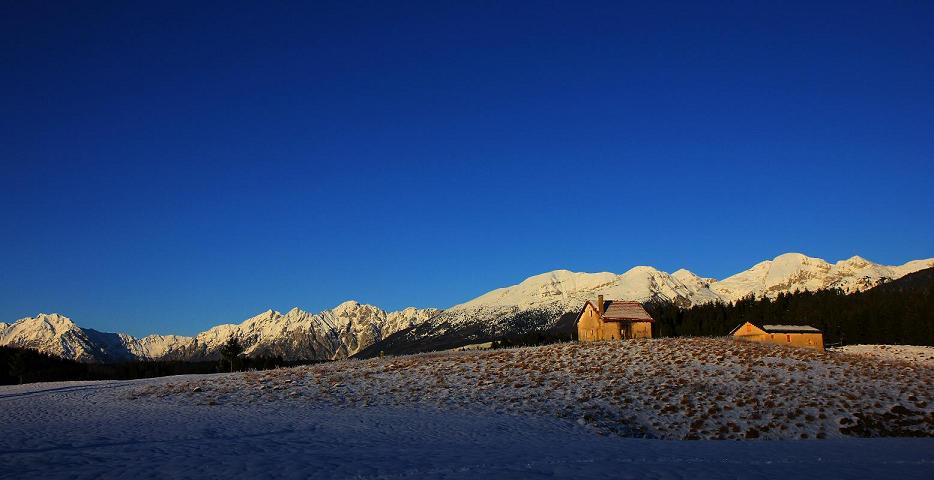
Cansiglio Forest – Cansiglio Regional State Forest
This post is also available in:
 Italiano (Italian)
Italiano (Italian)
The Cansiglio, a karstic plateau of the Carnic Prealps, looks like a basin overlooked by several rocky peaks of the Veneto-Friuli plain, and it lies between the province of Treviso, Belluno, and Pordenone.
On this plateau, there are several features of karstic origin, such as the sinkholes and the ponors “Bus de la Lum”, “Bus della Genziana”, and “Abisso del Col della Rizza” which are respectively 590, 1.919, and 2.604 ft deep. The most striking feature though is the wonderful forest that stretches over an area of 16.235 acres, between 3.280 ft and 7.381 ft (Monte Cavallo).
It is part of the SIC areas – Site of Community Interest – and it is a Special Protection Area – SPA – included in the “Natura 2000 Network” – it, therefore, benefits from a special protection protocol applied to woodcutting activities in this place.
Flora
Pure autochtonous beeches are particularly abundant in Cansiglio Forest, but there are also several silver firs (Abies alba), Norway spruces (Picea abies), larches, and birches. Rhododendrons, blueberries, honeysuckles, rowans, and elderberries are some of the species that can be found in the undergrowth. The peculiar vegetation around the small water reservoirs includes cottongrass (Eriophorum), peat moss, marsh violets (Viola palustris), and the carnivorous Drosera rotundifolia.
In the meadows, there are gentians, alpine snowbell (Soldanella alpine), primroses, bluebells, and edelweiss (Leontopodium alpinum). There are also several rarities, including several species found mainly in Eastern Europe, such as bittercresses (Cardamine trifoliata), and Oriental leopard’s-bane (Doronicum oriental).
Fauna
In the Cansiglio Forest hunting is strictly forbidden. Visitors can admire many animal species, such as roe deers, deers and fallow deers, but also rare mammals such as lynxes or brown bears; there are also nocturnal animals like martens, stone martens, weasels, rodents, as well as insectivores such as moles and shrews.
There are numerous birds of prey including tawny owls, owls, buzzards, kestrels, sparrow hawks, and golden eagles.
Vast areas in the basin are used for pasture, as today sheep and cattle herding are still practised.
The trails are all very well marked and can be easily travelled on foot or by bicycle, enjoying this beautiful forest without straining yourself.
PLEASE NOTE: unfortunately, on 30 October 2018, a strong gale caused serious damage to the forest. The most damaged areas are those around Pian Canaie, Vivaio, the one above Pian Osteria, and the Palughetto – beeches, silver firs, and spruces were badly hurt. Today, all those areas have therefore lost their original beauty.
This post is also available in:
 Italiano (Italian)
Italiano (Italian)
